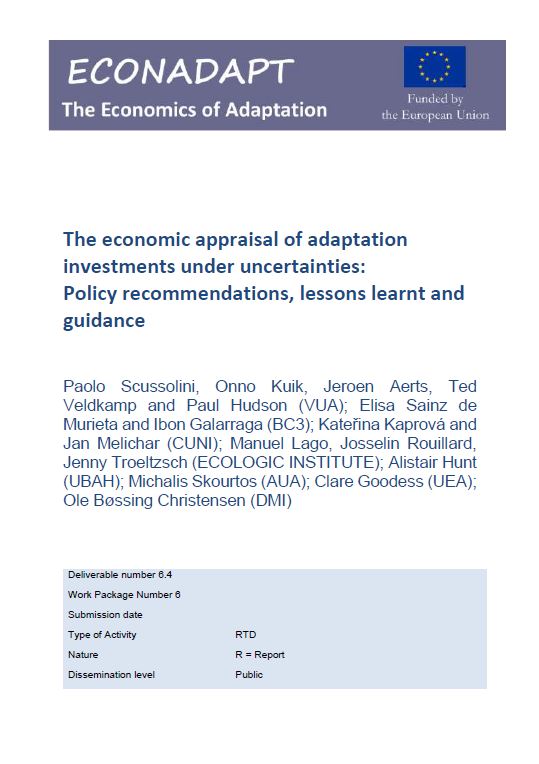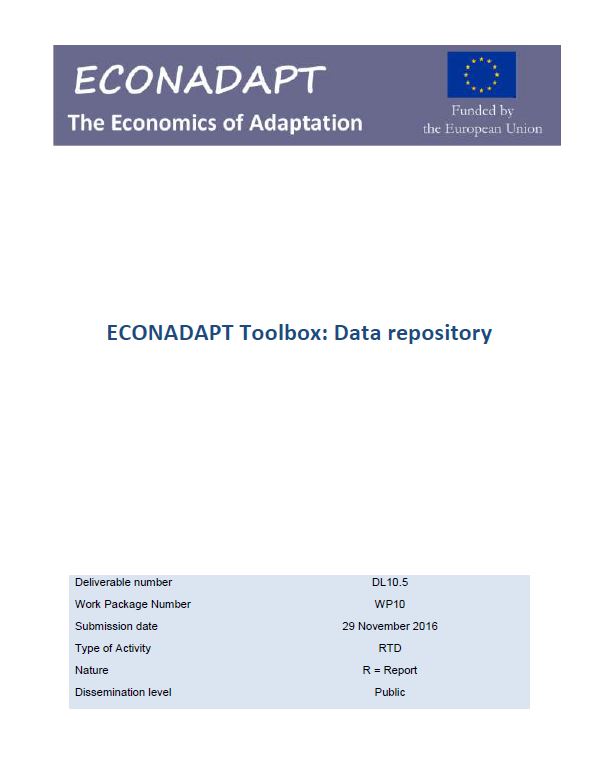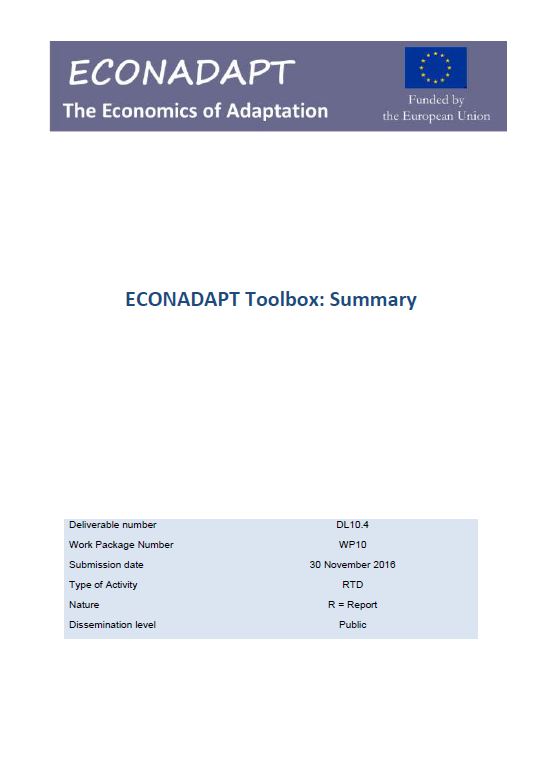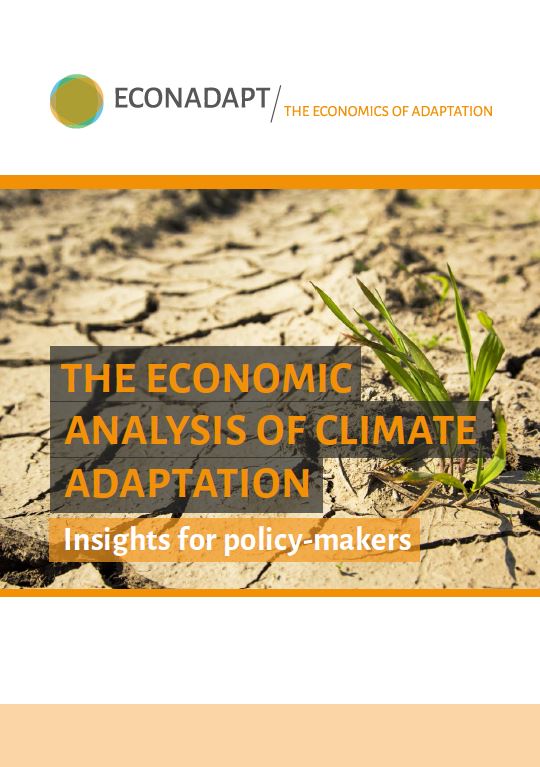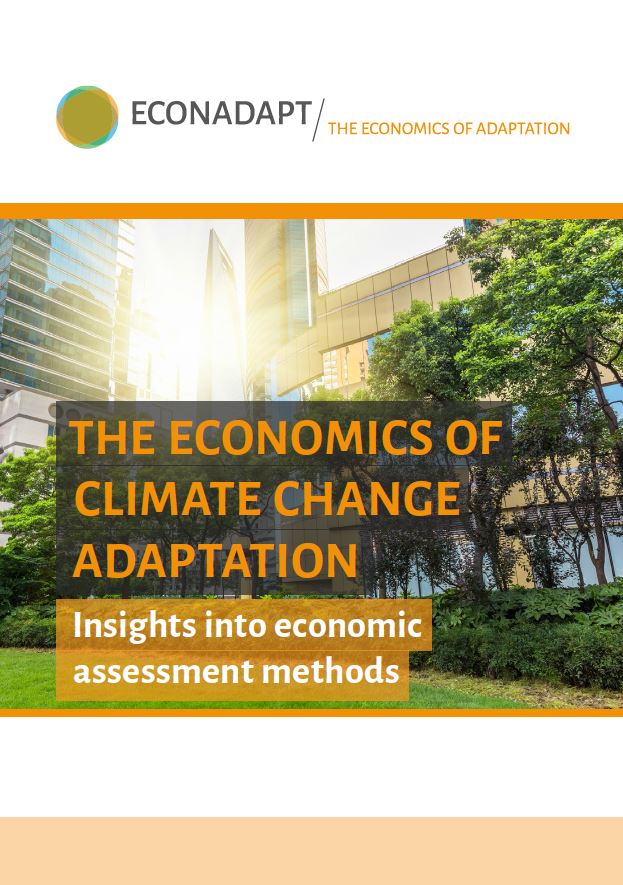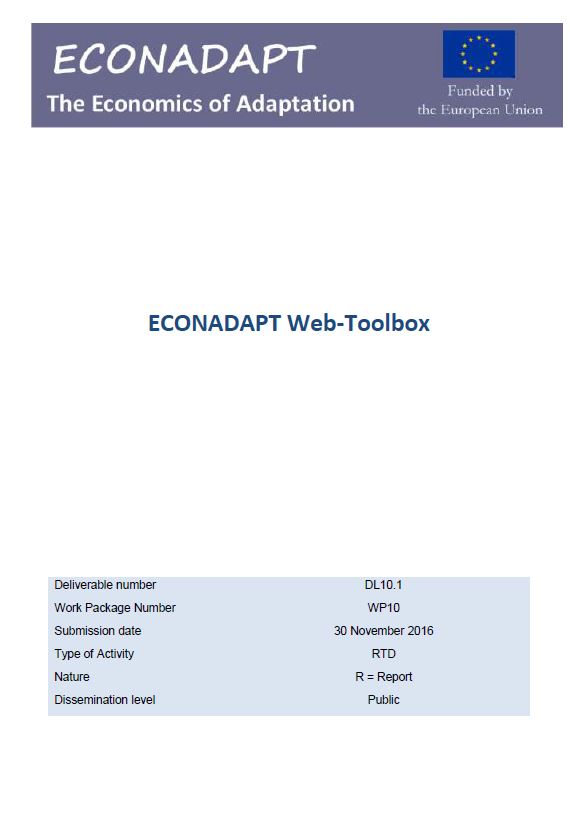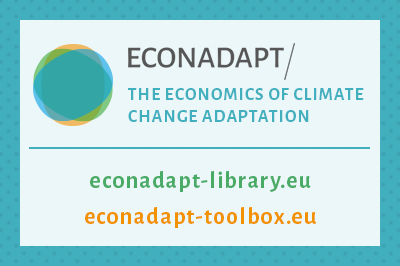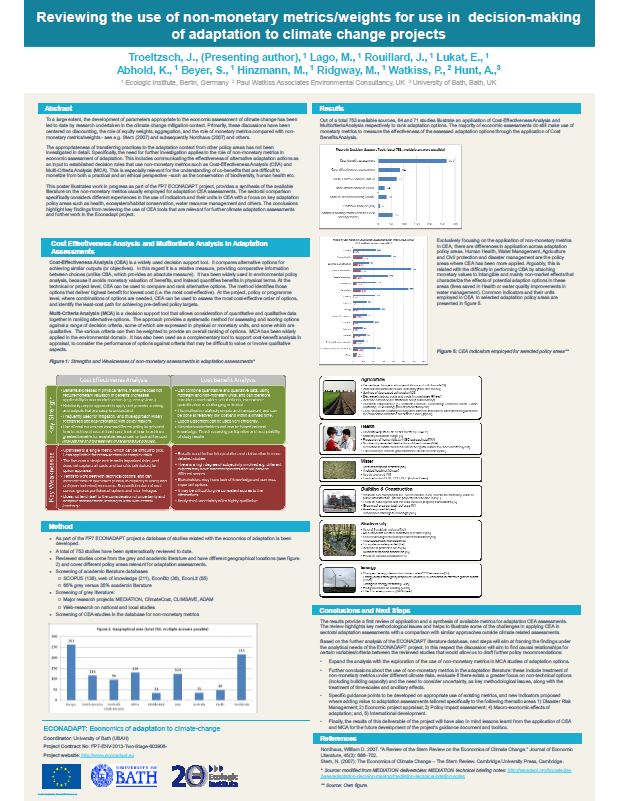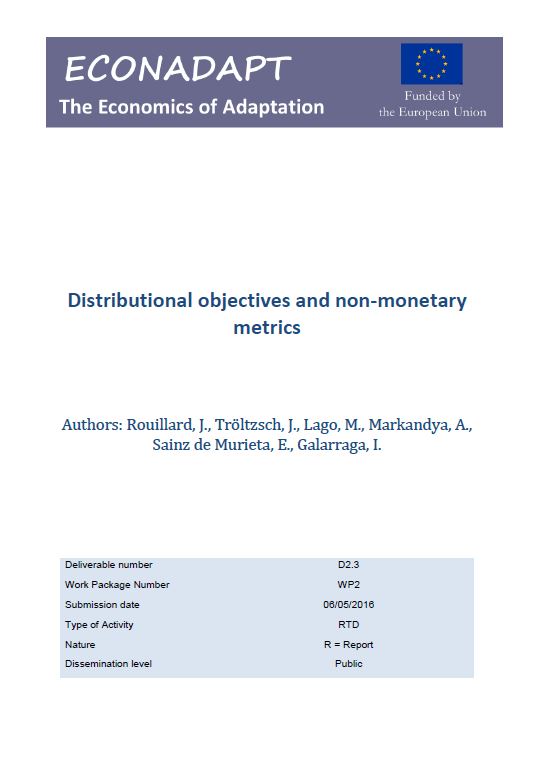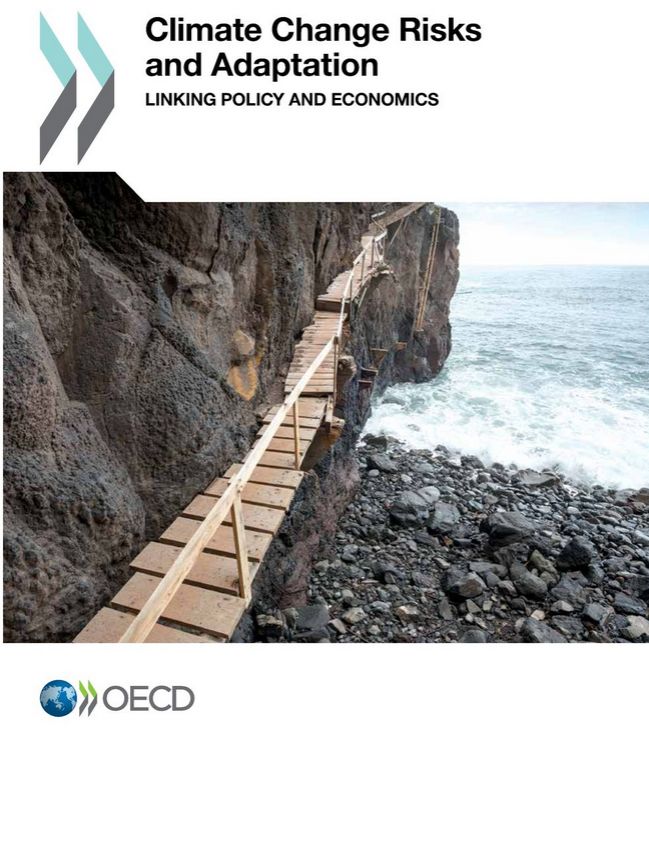
Overview of Costs and Benefits of Adaptation at the National and Regional Scale
- Publication
- Citation
Watkiss, P.; Hunt, A.; Rouillard, J.; Tröltzsch, J.; Lago, M. 2015: Overview of costs and benefits of adaptation at the national and regional scale. In: OECD (2015), Climate Change Risks and Adaptation: Linking Policy and Economic, OECD Publishing, Paris.
http://dx.doi.org/10.1787/9789264234611-en, pp. 37-75.
The published OECD-report "Climate Change Risks and Adaptation: Linking Policy and Economics" sets out how the latest economic evidence and tools can enable better policy making for adaptation. Scientists from Ecologic Institute con-tributed to the chapter on the costs and benefits of adaptation on the national and regional scale.
Climate change is giving rise to diverse risks, ranging from changing incidences of tropical diseases to increased risks of drought, varying widely in their potential severity, frequency and predictability. Economic analysis has a vital role to play in supporting governments efforts to integrate climate risk into policy making, by identifying costs and benefits and supporting decision-making for an uncertain future.
The chapter: "Overview of costs and benefits of adaptation at the national and regional scale" in the OECD-report: "Climate Change Risks and Adaptation: Linking Policy and Economics" was prepared with input from the European project: Economics of Climate Change Adaptation in Europe (ECONADAPT) funded by the European Commission. It reviews the latest evidence on the costs and benefits of adaptation, and draws out some of the key findings and emerging insights. It explores the use of information on the costs and benefits of adaptation to justify the case for action and prioritise resources to deliver the greatest benefits. Results of national and global studies are provided. The latest estimates are provided for the following sectors and risks: sea-level rise, coastal flooding and storms; river, surface water and urban flooding; water supply and management; infrastructure; agriculture; health; biodiversity and ecosystem services; business, services and industry.
The main findings of the chapter are that:
- The information base on the costs and benefits of adaptation has significantly evolved in recent years. It has moved beyond the previous focus on coastal areas to include water management, floods, agriculture and the built environment. However, gaps remain for ecosystems and business, services and industry.
- The methods for identifying options and assessing costs and benefits are also changing. There is an increasing use of new approaches that aim to support decision making under uncertainty, and a focus on early low-regret options. This leads to a different suite of options, including a focus on capacity building and non-technical options, and differences in the timing and phasing of options.
- Improved information is also available on the aggregate costs of adaptation. Recent implementation and policy orientated studies indicate higher costs than the previous review, because of existing policy objectives and standards, the need to consider multiple risks and uncertainty, and additional opportunity and transaction costs associated with policy implementation.
- While important gaps exist in the empirical evidence, and there are issues of transferability and the limits of adaptation, the new evidence base provides an increased opportunity for sharing information and good practice.




